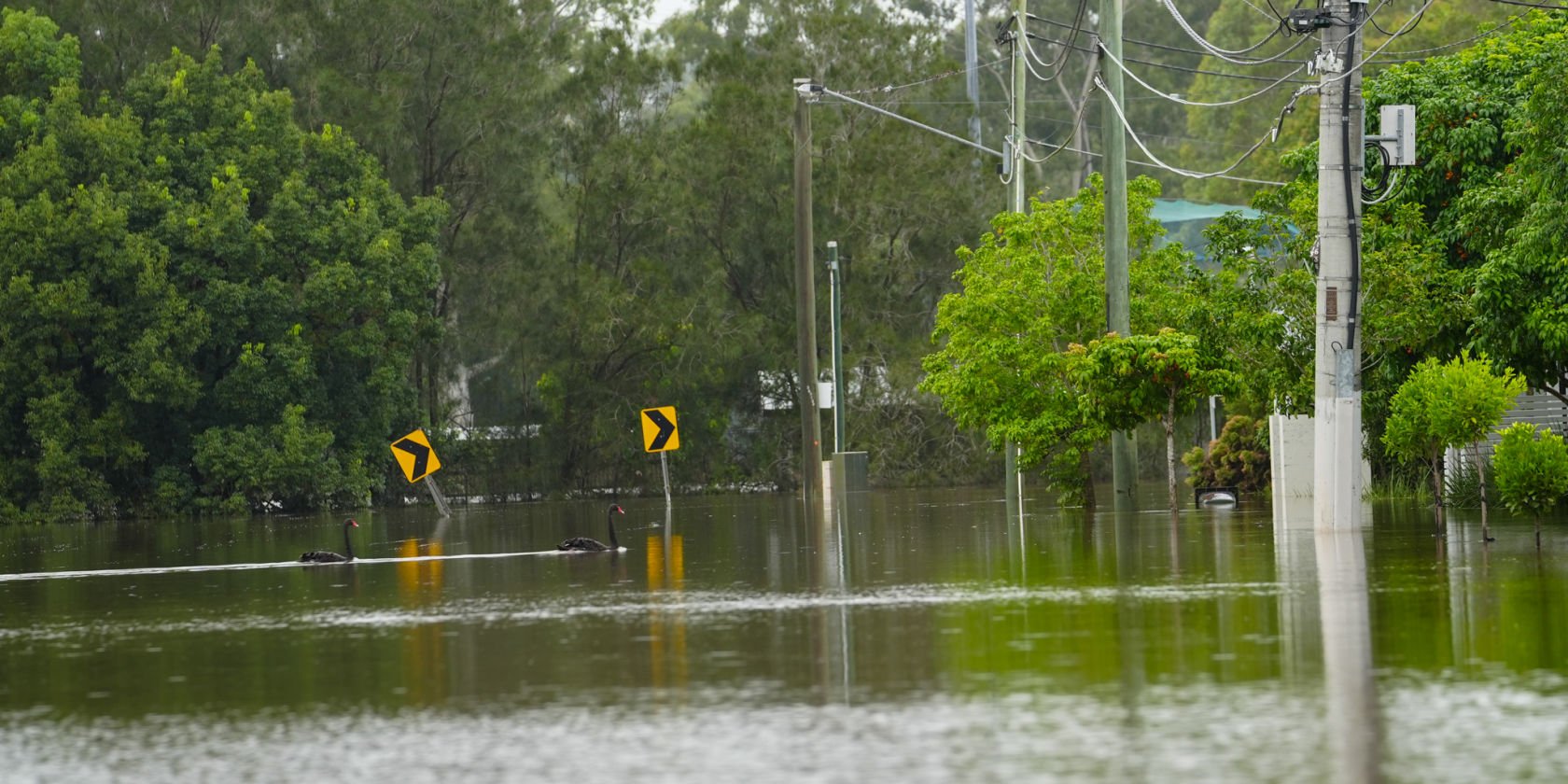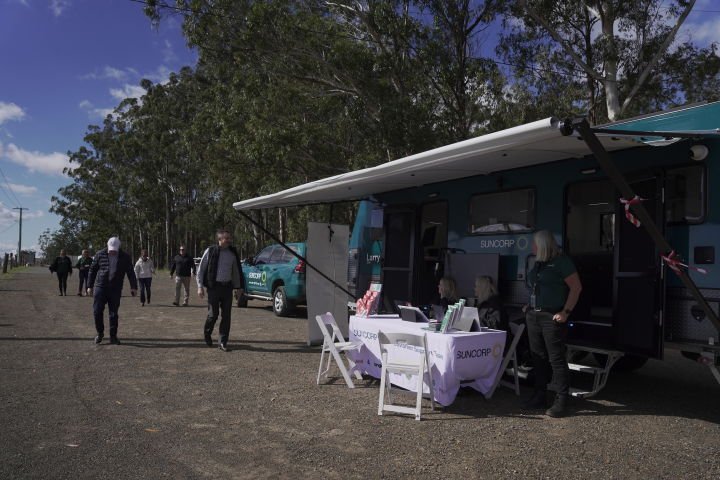From the CEO: Mud, trauma, and the underestimated cost of flooding

Steve Johnston
Suncorp CEO
Opinion piece from Suncorp CEO Steve Johnston, first published in The Australian.
Share

Beyond the financial figures, the true devastation of flooding lies hidden in the mud-caked homes and etched on the faces of resilient Australians.
A visit to Port Macquarie and Wauchope in New South Wales last week provided a stark reminder that measuring the dollar cost of flooding pales in comparison to the profound and enduring trauma experienced by those reliving their second inundation in just four years.
While insurance can mend the physical damage and relieve some of the emotional burden, the psychological scars of these relentless deluges are a far greater, and often overlooked, measure of their true cost.
The triggers are real, especially for children. Weather forecasts, alarms sounding, and sirens wailing all bring new anxiety and pain.
In crude terms, flood inundation of one’s home is akin to a home invasion. The water rises rapidly, usually under the cover of darkness, and spares no nook or cranny. It brings with it thick and often putrid mud and lingers long enough to damage everything in its path.
When the muddy water departs, it leaves behind an indescribable dampness which quickly turns to mould. For those unfortunate to have experienced it, they say what was once their castle will never be the same again.
These are the lucky country's unluckiest citizens.
Unfortunate enough to believe that a planning approval, duly issued, would be accompanied by a proper flooding assessment.
They were confident the relevant authority had turned its mind to initiatives to mitigate the risk to its citizens.
They believed that because their homes were raised above the flood level, they were safe.


Suncorp CEO Steve Johnston meeting with Suncorp Customer Support Team members on the ground supporting our customers in Wauchope.
Instead, they are forced to rely on a welfare safety net as the government increasingly becomes the insurer of last resort.
It’s unsurprising that our vibrant waterways became an attractive settlement destination in the 19th and 20th centuries, but as new Suncorp data reveals almost 40,000 homes are at high risk for flood, so we must rethink this attitude.
What may have made sense then doesn’t necessarily apply today with our desire for the densest of living and our changing climate. Efforts to mitigate these risks over the years have fallen well behind the build at all costs planning strategies.
But, we are where we are, and it is not too late to make a meaningful difference in these high-risk areas for the generations to follow.
First, we must stop the rot and tighten planning laws, to ensure that in the current drive to solve a housing crisis we do not inadvertently make today's problems worse.
Second, we must commit to a multi-year, multi-billion-dollar investment in our nation's resilience. That means funding current mitigation initiatives gathering dust on shelves and turning our brightest engineering and town planning minds to this nation building imperative.
Unfortunately, we are going to have to stare into the inconvenient truth that some homes and communities are beyond mitigation and are going to have to be moved. In New Zealand, seasoned by seismic events, they call it managed retreat. As unpalatable as it is we may eventually have to follow their lead.
The New South Wales floods are by no means the largest in the nation's history, nor will they be the most expensive. But a visit there reminds you that not everything can be measured in dollars and cents.







